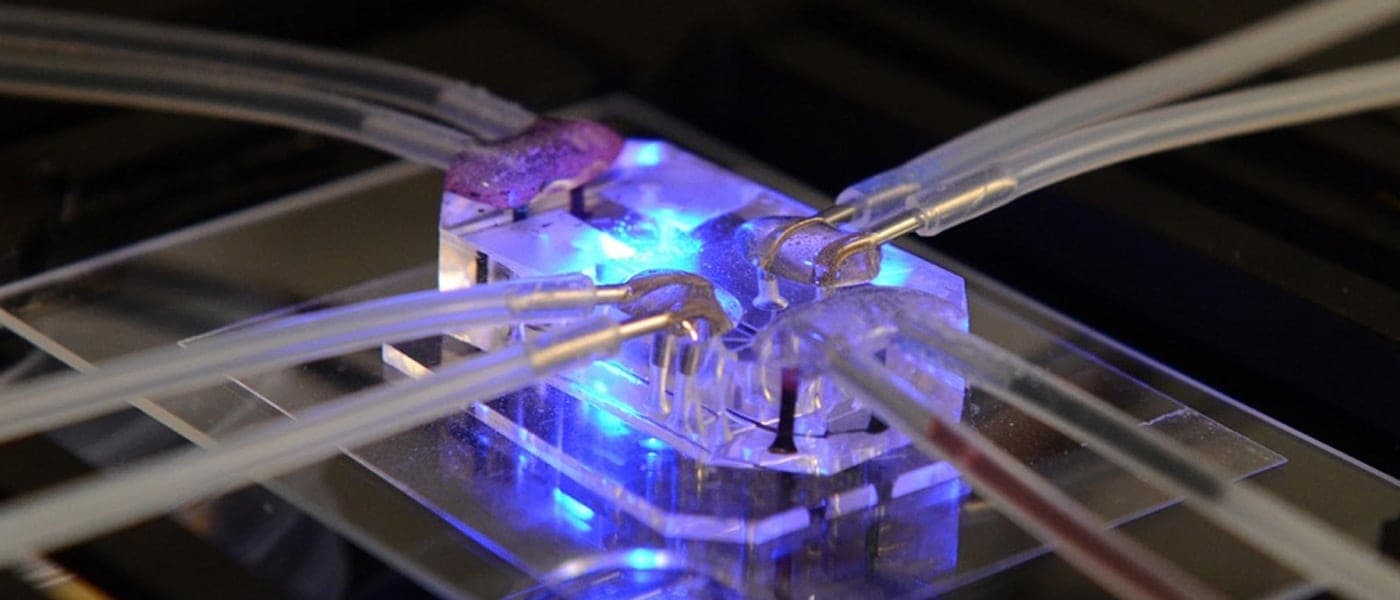Organs-On-Chips
3D printing is truly the new frontier of construction and material development. Its latest feat: synthetic organ tissue that can accurately mimic human cells' structure and function. The development, by researchers from the Harvard John A. Paulson School of Engineering and Applied Sciences (SEAS), is detailed in Nature Materials.
These organs-on-chips are synthetic replacements for hearts, livers, bone, cartilage, and other tissues. The first-ever "heart-on-a-chip" is constructed from a 3D printed structure with multiple wells that contain separate tissues and sensors, which provide non-invasive, electronic readouts on structures within the body. The tissues are printed from six different inks that integrate soft strain sensors into the printed structure of tissue.
Systems mimicking tissue from the lungs, tongues, and intestines have also been developed. The researchers report that the process is easily repeatable and can be customized to create other types of organs.
Revolutionizing Clinical Testing
“This new programmable approach to building organs-on-chips not only allows us to easily change and customize the design of the system by integrating sensing but also drastically simplifies data acquisition,” said Johan Ulrik Lind, a researcher at the Wyss Institute for Biologically Inspired Engineering at Harvard University.
These organs-on-chips, also known as microphysiological systems, have great potential for in vitro tissue engineering and drug screening research. The development is also a promising substitute to traditional animal testing, which could result in saving innumerable lives lost in clinical trials. Further, printable tissues can eliminate unforeseeable variables in clinical trials for treatments, accelerating approval of new drugs.
“This study is a powerful demonstration of how our platform can be used to create fully functional, instrumented chips for drug screening and disease modelling,” said Jennifer Lewis, coauthor of the study and Hansjorg Wyss Professor of Biologically Inspired Engineering.
It's truly looking like we can 3D print our way to a more secure future.
Share This Article
